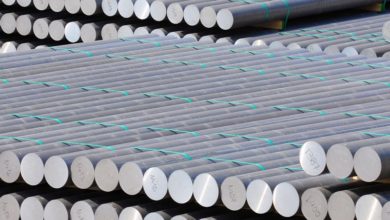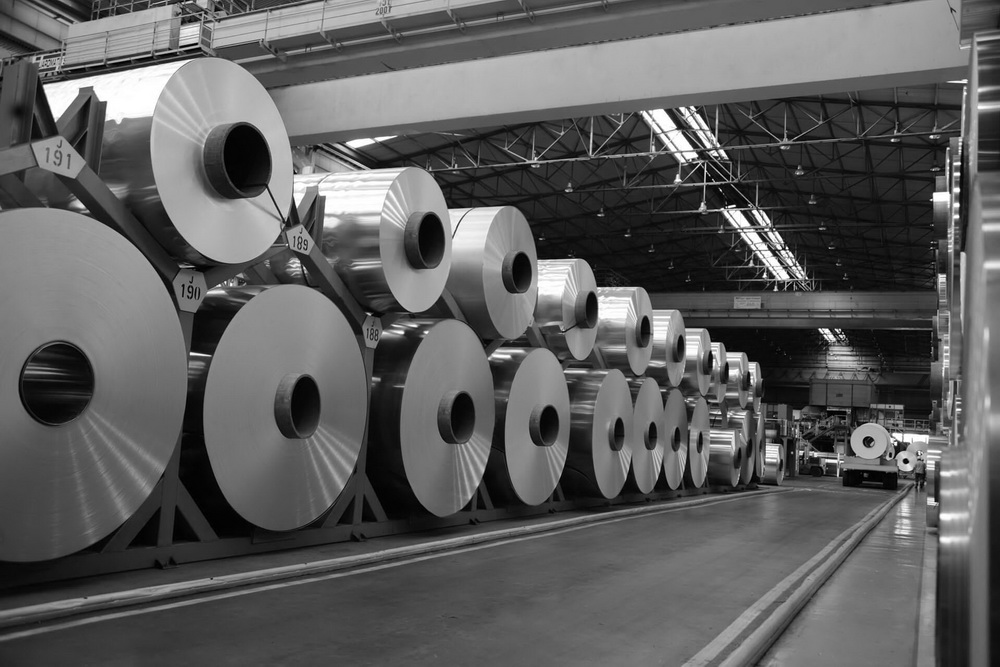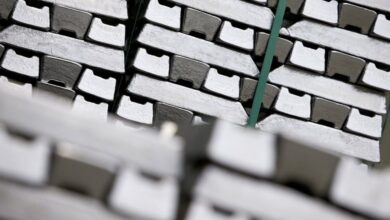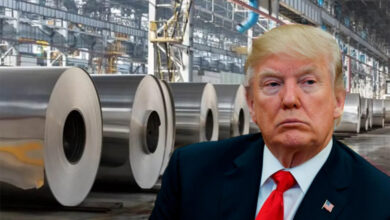Σε έλλειμμα η αγορά πρωτόχυτου αλουμινίου το 7μηνο του 2019 σύμφωνα με το WBMS
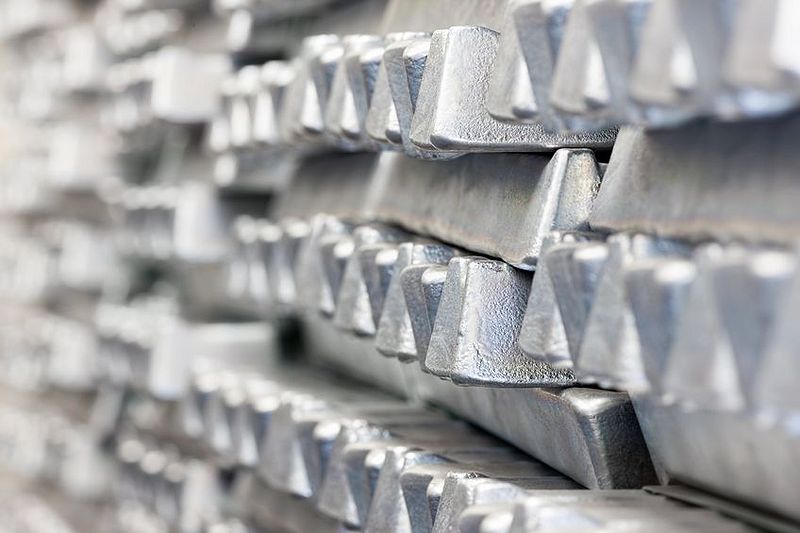
Το διάστημα Ιανουάριος – Ιούλιος του 2019 η αγορά πρωτόχυτου αλουμινίου ήταν ελλειμματική με την ζήτηση να ξεπερνά την προσφορά κατά 651 χιλ. τόνους σύμφωνα με το WBMS.
Η ζήτηση πρωτόχυτου αλουμινίου το παραπάνω διάστημα για την τρέχουσα χρονιά έφτασε τους 36,5 εκατ. τόνους, αυξημένη κατά 655 χιλ. τόνους (+1,8%) σε σύγκριση με την αντίστοιχη περσινή περίοδο.
Η παραγωγή πρωτόχυτου αλουμινίου στο 7μηνο του 2019 αυξήθηκε κατά 783 χιλ. τόνους σε σύγκριση με το ίδιο περσινό διάστημα.
Τα συνολικά αναφερθέντα αποθέματα αυξήθηκαν ελαφρώς τον Ιούλιο και στο τέλος του μήνα εμφανίστηκαν μειωμένα κατά 530 χιλ. τόνους σε σύγκριση με τα επίπεδα του 2018. Τα συνολικά αποθέματα του LME επίσης σημείωση αύξηση τον Ιούλιο, κυρίως στις αποθήκες της Μαλαισίας.
Τα συνολικά αποθέματα στο τέλος του Ιουλίου άγγιξαν τους 1,899 εκατ. τόνους, μειωμένα σε σύγκριση με τους 2,429 εκατ. τόνους στο τέλος του περσινού Ιουλίου. Τα συνολικά αποθέματα στα τέσσερα χρηματιστήρια μετάλλων (Λονδίνο, Σαγκάη, ΗΠΑ, Τόκυο) έφτασαν τους 1,430 εκατ. τόνους στο τέλος του Ιουλίου του 2019, μειωμένα κατά 521 χιλ. τόνους σε σύγκριση με τον περσινό Δεκέμβριο.
Η παγκόσμια παραγωγή αυξήθηκε στο 7μηνο του 2019 κατά 2,2% σε σύγκριση με το αντίστοιχο διάστημα του 2018. Η κινεζική παραγωγή πρωτόχυτου αλουμινίου ισοδυναμεί με το 57% της συνολικής παραγωγής. Η κινεζική ζήτηση εμφανίζεται αυξημένη κατά 7,5% σε σύγκριση με το ίδιο περσινό διάστημα.
Οι καθαρές εξαγωγές ακατέργαστου αλουμινίου της Κίνας έφτασαν τους 250 χιλ. τόνους το διάστημα Ιαν. – Ιουλ. 2019, ελαφρώς αυξημένες σε σύγκριση με τους 250 χιλ. τόνους της αντίστοιχης περσινής περιόδου. Το 7μηνο του 2019 οι καθαρές εξαγωγές ημιτελικών προϊόντων αλουμινίου έφτασαν τους 2,899 εκατ. τόνους, αυξημένες κατά 2,542 εκατ. τόνους σε σχέση με πέρυσι.
Η παραγωγή στην ΕΕ28 κατέγραψε μείωση κατά 2,2% το 7μηνο του 2019 σε σύγκριση με το 7μηνο του 2018. Αντίθετα, η παραγωγή στη Βορειοαερικανική Ζώνη Ελευθέρου Εμπορίου αυξήθηκε κατά 6,7% την ίδια περίοδο.
Τον Ιούλιο 2019, η μηνιαία παγκόσμια παραγωγή αλουμινίου ήταν 5,256 εκατ. τόνους και η μηνιαία ζήτηση 5,078 εκατ. τόνους.

